Three familiar fairy tale princesses find themselves engaged to the same prince in the CG-animated feature Charming, which was directed by Ross Venokur (Game Over, A.C.O.R.N: Operation Crackdown), penned by Venokur and produced by Vanguard Animation founder and industry veteran John H. Williams (Shrek, Puss in Boots, Space Chimps). Featuring an all-star voice cast which includes Demi Lovato, Wilmer Valderrama, John Cleese, Sia, Nia Vardalos, Ashley Tisdale, G.E.M., Avril Lavigne, Dee Bradley Baker, Carlos Alazraqui, Tara Strong, Jim Cummings and Tom Kenny, the family-friendly feature had a great run around the world in 2018 and 2019. We caught up with Venokur in advance of the title’s debut on Netflix this Friday:
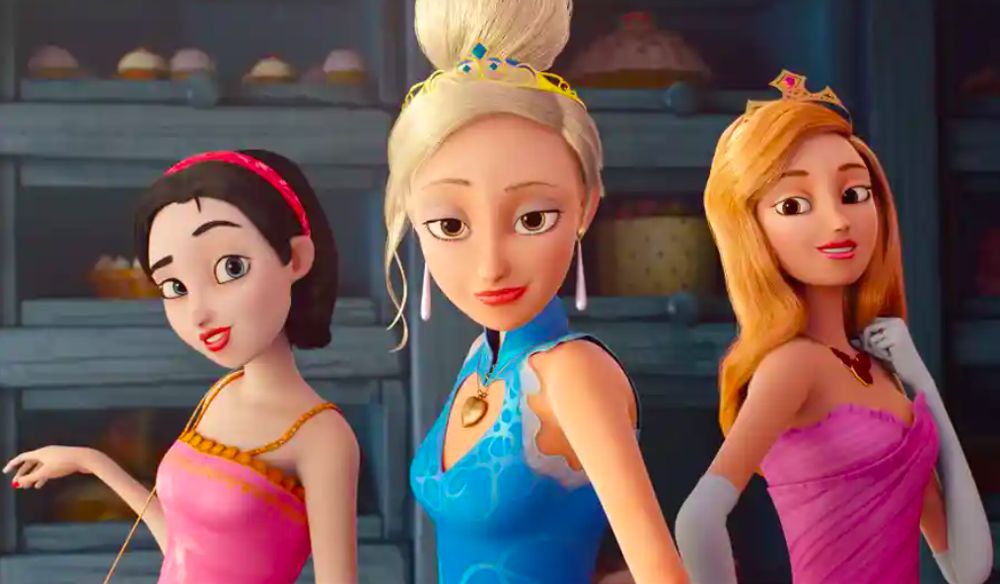
Can you tell us a bit about the development history of Charming?
Ross Venokur: I have three daughters, and while they were young, my wife and I averaged about three bedtime books a night for each of them. As much as we tried to keep things fresh and varied, there were a lot of repeat requests for fairy tales throughout those years. One night, I was reading another version of a familiar fairy tale to one of my daughters and it dawned on us that Snow White, Sleeping Beauty and Cinderella were all engaged to Prince Charming, so I asked, “Do you think it’s three different dudes with the same name, or do you think it’s the same guy?” And that was the genesis of the idea.
This was around 2008, just before the writer’s strike. The writer’s strike seriously impacted how I worked in the film industry. For nearly 15 years (at that point), I was a writer (primarily comedies, primarily live action, primarily features). Like so many other writers, I was making my living by coming up with ideas, pitching them to studios, and getting paid to go write the scripts. The writer’s strike really put an end to that.
Right on the heels of the strike, I went out with the two most promising pitches of my career (one had a major director attached, the other was based on the music catalog of one of the biggest bands in the world). The pitches were great. I was pitching presidents of studios, and everyone loved both of them. But no one made an offer.
I wasn’t quite sure what my next move should be, and I guess my wife finally had enough of my mopeyness, so she said to me, “Why don’t you call John Williams? You always liked each other, and you’ve always wanted to get back to animation. Maybe you guys can go make some films outside of the studio system.” I said sure, I’d email him. But she told me to sit my ass down and email him right then: It was 10 o’clock on Friday night, the last Friday before Christmas). I figured I’d hear back from John after the holidays. But he emailed me back at 6 a.m. the next day. I came down to L.A. to see him the first week back in January, and I pitched him two ideas for two animated films. One of those ideas was Charming. John said, “Let’s do them both!” We made a handshake deal, and I headed home and started writing.
When did the movie begin production and how long did it take to complete?
The movie began production around 2014 in Montreal. At the time, I was directing another movie that John was producing in Toronto (the first of the two ideas I had pitched him). My family and I had moved to Toronto to make that film, and our kids were in the middle of their school year. But due to the nature of the financing, we had to start on Charming right away. So, for seven months, I directed the first movie on Mondays and Fridays in Toronto, then I flew to Montreal and directed the movie on Tuesdays, Wednesdays and Thursdays. Once the kids’ school year ended, we all moved to Montreal full time.
The entire production took about 22 months from beginning to end. After the picture was locked, my family and I moved back to California, and I returned to Montreal a couple of times for color grade and the mix. I delivered the final film in time to screen at AFM, where it was received really well by everyone but a few of the financiers, who went ahead and decided to try their hands at filmmaking by going back in behind my and John’s backs and making changes to the film, but that’s probably a story for another time.
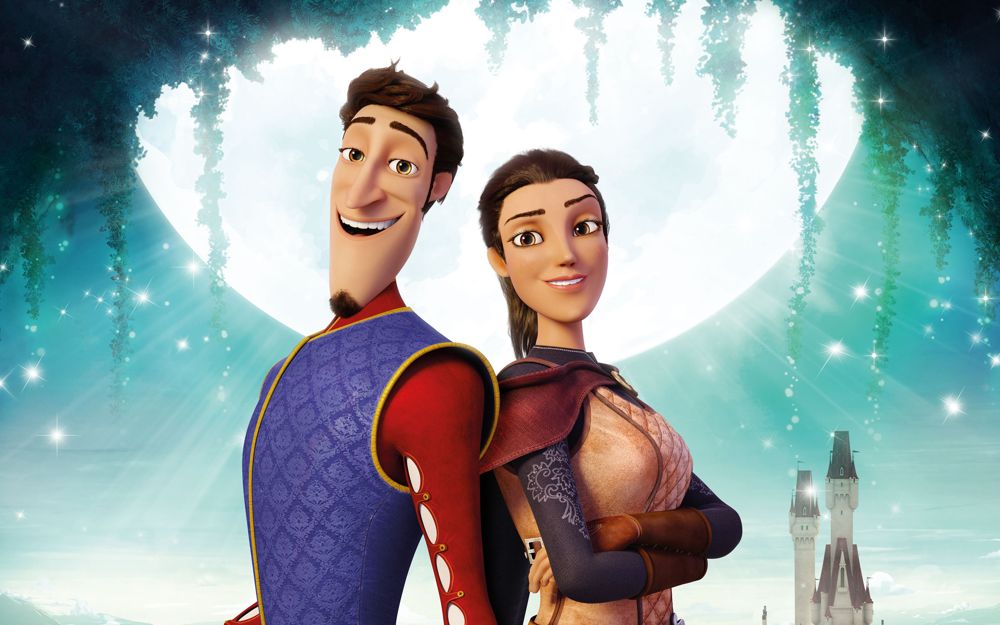
Where was the animation produced? What was the ballpark budget? How many people worked on it?
The animation was produced at Cinesite. We were the first film to come out of their Montreal studio, which they literally built around Charming. When I first showed up to Montreal, the entire floor that would become Cinesite was empty, save boxes and boxes of unbuilt desks. As the movie ramped up, they quickly built the desks and filled the seats, and there was suddenly an animation studio. They managed to bring in some great talent. I really loved the movie crew. In fact, one of the younger animators on Charming is now the animation director on my new film, The Silk Road Rally, which is being made down the street from Cinesite at Redefine, though this time I’m directing remotely from California!
Set in an anthropomorphic world, The Silk Road Rally is about a slow loris named Zhi who enters a road race across China to try to save his Granny Bai’s house from a clinically insane toad named Archie Vainglorious. Inspired by films I grew up loving like Cannonball Run and It’s a Mad Mad Mad Mad World, The Silk Road Rally has been brought to life by an amazing cast, including Jimmy O. Yang, Chloe Bennet, JK Simmons, John Cleese and Lisa Lu.
What did you love about this movie?
I loved working with the crew. I loved my creative partnership with the editor, Rob Neal. I loved working with Sia (The Half Oracle) and John Cleese (The Fairy Godmother and the Happy Executioner), who was such a big, vocal fan of the script (which was a dream come true for me). Also, Sia wrote two songs for the film! She performs one in the film, and Demi Lovato (Lenore Quinonez) performs the other. Fallout Boy also wrote our modern fairy tale anthem, “Trophy Boy,” which Avril Lavigne (Snow White), Ashley Tisdale (Cinderella) and G.E.M. (Sleeping Beauty) perform.
It’s unclear to me which cut of the film Netflix is releasing, but what I loved about my cut was how, even though the film respected basic film structure and fairy tale conventions, the core story between Charming and Lenore meandered in a dreamy way. It felt more European than North American in a lot of ways. I loved the thematic through-line about how sometimes our biggest blessings are also our biggest curses. In hindsight, I realize that this was in fact my experience of making this film. It was such a thrill and a blessing to have the chance to make this film which grew out of my relationship with my kids, but in the end, the secret re-cutting of the film and other related nonsense felt like a real curse for a long time. Thankfully, that’s ancient history now.
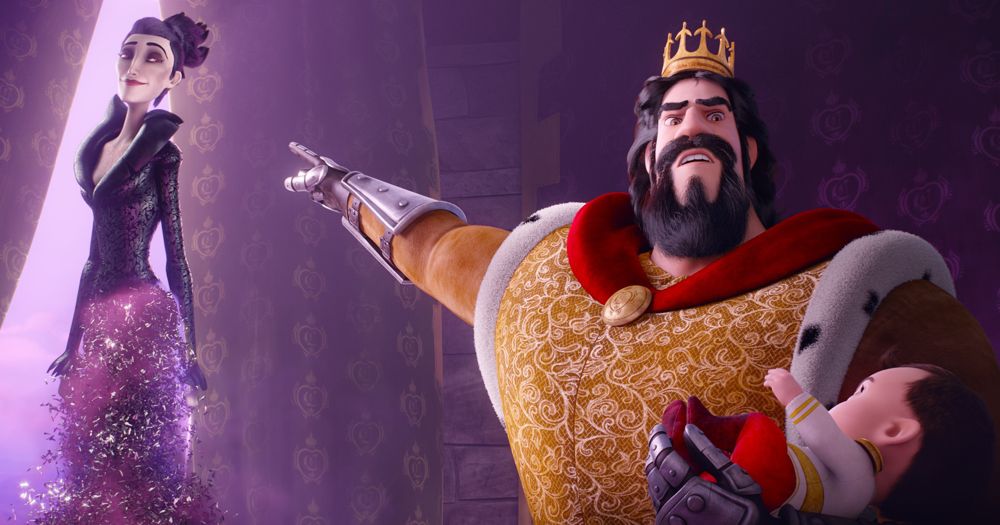
What would you say was the biggest challenge for you on this production?
The biggest challenge on the production was definitely the fact that the studio was being built around me and that, though I worked at the studio every day, I was not part of the studio. My production designer was fired early on without anyone consulting me, and he was never replaced. I had no art director. I had no head of layout or cinematographer until late into the layout process. I was also simultaneously directing the film and rewriting it constantly to accommodate notes from producers, financiers, would-be distributors, etc. But, unlike a big budget studio film, we didn’t really have the budget to properly address all the mid-production rewrites, so there was constant horse trading going on with the studio to figure out what we could cut from somewhere else to accommodate some new idea. All things considered, Cinesite and I walked that tightrope pretty well together.
Why do you think the movie performed so well in certain territories?
Look, as tired as the fairy tale genre may feel to some, there’s no denying the fact that humans are drawn to fairy tales. And the idea that Prince Charming was actually the dude-sel in distress all along (and that his charm is actually a curse) is funny and appealing. Plus, it opened up the opportunity to have a strong female lead in Lenore Quinonez. The character of Lenore is the antidote to the classic fairy tale princess. She’s an outlaw grappling with a curse of her own.
Of course, casting Demi Lovato, Avril Lavigne, Ashley Tisdale, G.E.M. and Sia also helped tremendously. They’re each huge stars in their own right, and they each have such loyal and amazing fans. It was amazing to me how many fans of our cast reached out to me over the course of making the film. They were persistent and excited and always wanting to know how they could help spread the word. Also, in addition to being funny and having some fun action, the movie also has a ton of heart. It really is a classic love story at its core, and I played right at that, because I love that stuff, too!
Producer John H. Williams: Early on, we decided to cast the princesses as singers and have them provide songs. Sia wrote two songs “Baladino” (which she also sings) and “Magical” (which Demi Sings) and they are extraordinary songs with extraordinary animation to go with it. We used Hitchcock’s iconic fantasy sequence in Spellbound as a reference for animators to work from and it is hallucigenically wonderful. That and the opening song and animation sequence written by Patric Stump and sung by Avril Lavigne, Ashley Tisdale and the top pop talent of China G.E.M. was written by Patrick Stump from Fall Out Boy and inspired by the classic fun openings of “Hard Day’s Night” and “Help” is super fun. All of these songs are worthy of going viral as stand alone music videos. I only hope they get out there very quickly to attract attention. We are working with talent and Netflix to accomplish that now. Demi Lovato was the lead female character’s voice in the movie and also the executive producer in charge of the music: She did a phenomenal job in both of those capacities.
Along the way of this production we had several major studios interested in Charming and contract offers from Lionsgate and the then viable Weinstein Company for financing and distribution of U.S. rights (which were turned down). The independent theatrical feature market has obviously dramatically shrunk so we were thrilled that Netflix picked this up and we expect it will strike a perfect note for the Netflix family audience.
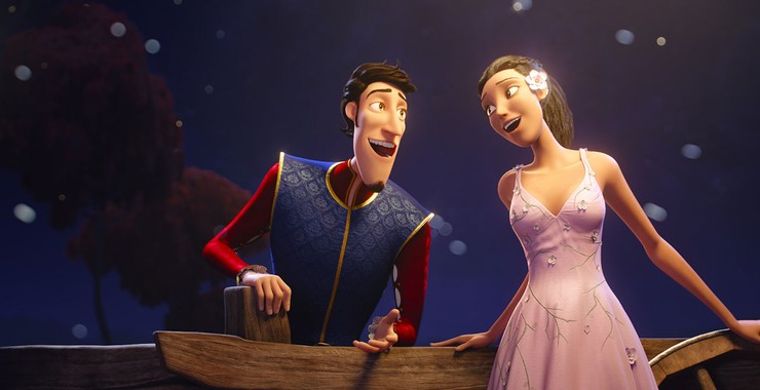
Do you think there is a secret to mounting a new take on fairy tales for a new generation?
I think the secret is to find a simple, clever, new hook and lean into it. These stories are timeless for a reason. We all love them, despite the fact that the true original source material for all of them is pretty dark and twisted. Audiences are rooting for you to get it right when you roll out a new take on fairy tales. But they’re also pretty brutal when they think you didn’t nail it!
What is your take on the overall feature animation scene in 2021?
I think we’re all looking at theatrical animation (and theatrical features of all kinds) and wondering what’s going to happen next. Being in the indie animation world, we always move forward knowing that theatrical is far from a guarantee. Now, the big boys are suddenly grappling with the same thing, but with a lot more on the line. And to be honest, it is weird to me to suddenly be watching new Pixar movies in my living room. Having said that, have you seen Soul? Holy cow! That movie is incredible! Big screen, small screen, it doesn’t matter. Great movies are great no matter where you see them.
Finally, can you offer some expert advice to young animation professionals who want to make their own movies?
Persistence. Never stop honing your craft. Don’t ever take “no” personally. Take it as a road stop to a “yes.” As my dad has always told me, “No is just the beginning of the negotiation.” Remember that great movies are all about great story telling, not about big budgets. And be psyched! You’re operating in 2021 — there have never been more tools available to anyone and everyone to go and do what it used to take a whole studio to do.
Charming premieres on Netflix this Friday (January 8).



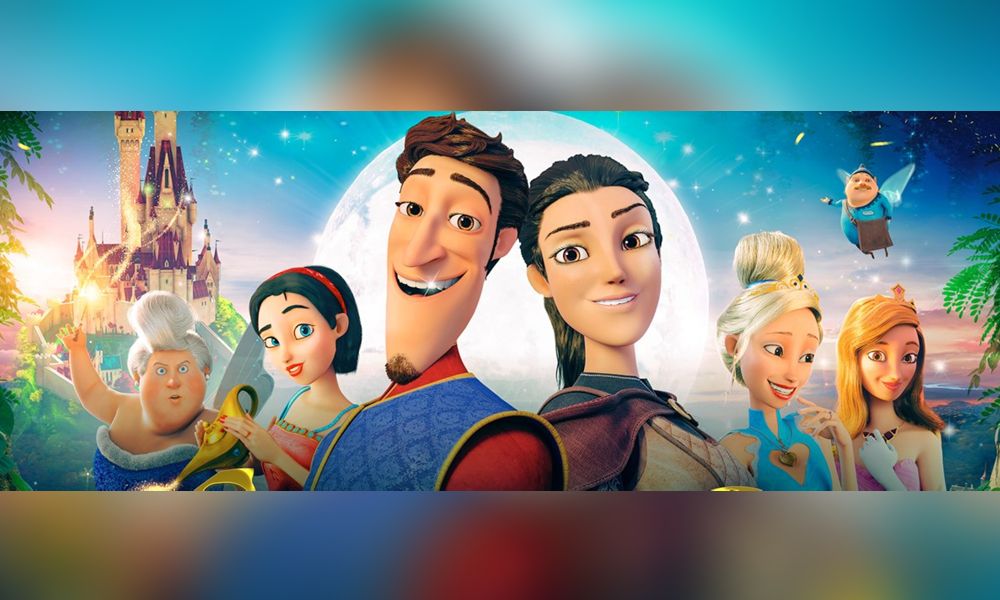

 Win a Funko X Lilo & Stitch Prize Pack!
Win a Funko X Lilo & Stitch Prize Pack! 
